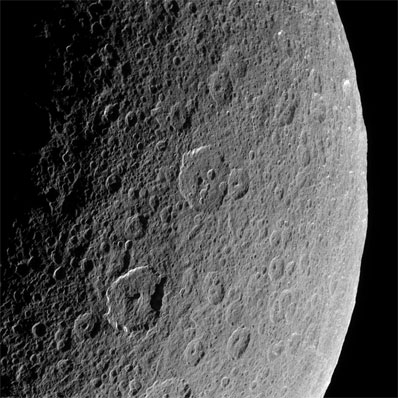
Spaceflight Now +

|

|

|

|

Premium video content for our Spaceflight Now Plus subscribers.

STEREO arrival
 NASA's twin Solar Terrestrial Relations Observatory satellites (STEREO) arrive via truck at the Astrotech processing facility outside Kennedy Space Center for final pre-launch testing and preparations. They will be launched this summer aboard a Boeing Delta 2 rocket to provide the first 3-D "stereo" views of the sun and solar wind. NASA's twin Solar Terrestrial Relations Observatory satellites (STEREO) arrive via truck at the Astrotech processing facility outside Kennedy Space Center for final pre-launch testing and preparations. They will be launched this summer aboard a Boeing Delta 2 rocket to provide the first 3-D "stereo" views of the sun and solar wind.

 Arriving | Unpacking Arriving | Unpacking

STS-51F: Shuttle becomes observatory
 Space shuttle Challenger was transformed into an orbiting observatory to study the sun, stars and space environment during the Spacelab 2 mission in the summer of 1985. But getting into space wasn't easy. The shuttle suffered an engine shutdown on the launch pad, then during ascent two weeks later lost one of its three main engines. It marked the first Abort To Orbit in shuttle history. In this post-flight film, the crew of STS-51F narrates highlights of the mission that includes tests using a small plasma-monitoring satellite was launched from Challenger's robot arm. Space shuttle Challenger was transformed into an orbiting observatory to study the sun, stars and space environment during the Spacelab 2 mission in the summer of 1985. But getting into space wasn't easy. The shuttle suffered an engine shutdown on the launch pad, then during ascent two weeks later lost one of its three main engines. It marked the first Abort To Orbit in shuttle history. In this post-flight film, the crew of STS-51F narrates highlights of the mission that includes tests using a small plasma-monitoring satellite was launched from Challenger's robot arm.

 Small | Medium | Large Small | Medium | Large

 Become a subscriber Become a subscriber
 More video More video

|

|

|

|
|

|

The record of Rhea
CASSINI PHOTO RELEASE
Posted: May 14, 2006

Credit: NASA/JPL/Space Science Institute
Download larger image version here
|
Cassini looks down upon Rhea, whose cratered surface was already ancient before any complex life developed on Earth. The terrain seen here has probably changed little in the past billion years.
This view shows terrain on the Saturn-facing hemisphere of Rhea (1,528 kilometers, or 949 miles across). North is up.
The image was taken in visible light with the Cassini spacecraft narrow-angle camera at a distance of approximately 94,000 kilometers (59,000 miles) from Rhea and at a Sun-Rhea-spacecraft, or phase, angle of 109 degrees. Image scale is 558 meters (1,832 feet) per pixel.
The Cassini-Huygens mission is a cooperative project of NASA, the European Space Agency and the Italian Space Agency. The Jet Propulsion Laboratory, a division of the California Institute of Technology in Pasadena, manages the mission for NASA's Science Mission Directorate, Washington, D.C. The Cassini orbiter and its two onboard cameras were designed, developed and assembled at JPL. The imaging operations center is based at the Space Science Institute in Boulder, Colo.
|

|

|

|

|



